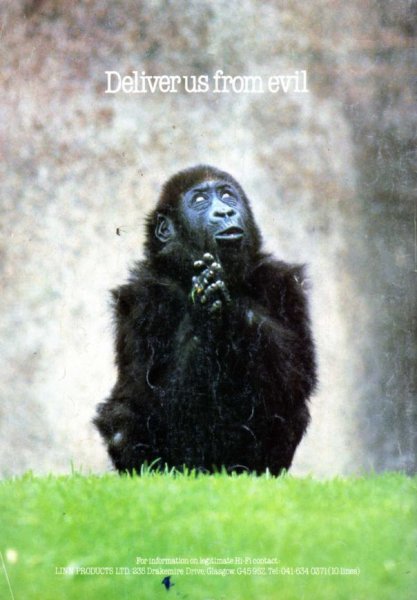Textbook stuff, Frank, I am speaking of ideal converters... I think there are pictures in my sampling tutorials that will make it clear.
SFDR = spurious-free dynamic range = 9N dB = distance from signal to highest peak.
For an ideal converter there is no distortion, only the quantization noise floor. When you add up all the noise across the signal band, by RSS'ing, and compare to the signal power, then the familiar SNR = 6N+1.8 dB equation results.
Think of it this way: the SNR is the total integrated noise across the converter's bandwidth. Having a total of 6N means any individual spur is much lower, theoretically 9N; when you add up all the individual spurs, you get 6N.
I actually have papers proving the 9N number, but they make my eyes glaze... Bessel functions and some high-level math is required. I will say I have worked on converters that are pretty close to the 9N ideal, but it was a lot of work!
In practice, SFDR is often close to SNR for a lot of converters, though not for all (look through more specs and you'll see do much better than others). The reasons have to do with design trades, especially among noise, bandwidth, and distortion. More bandwidth and greater bias currents usually improve THD at the cost of noise. How that trade space is optimized is (very) application-dependent. 100 dB SFDR is pretty impressive for any converter, and probably near the practical noise floor for a real (and broadband) device.
HTH - Don
p.s. Look here:
http://www.whatsbestforum.com/showthread.php?1209-Sampling-101










